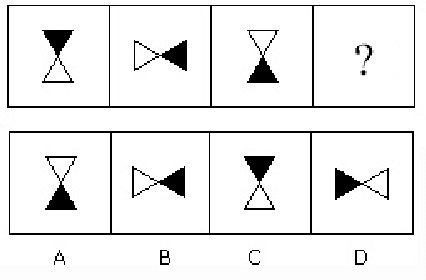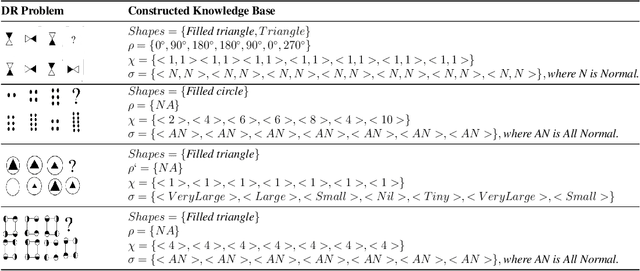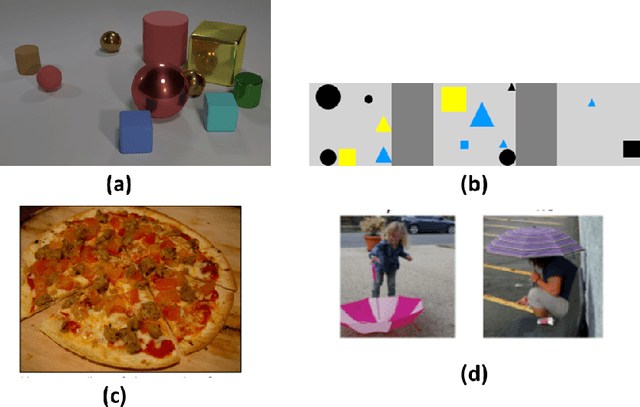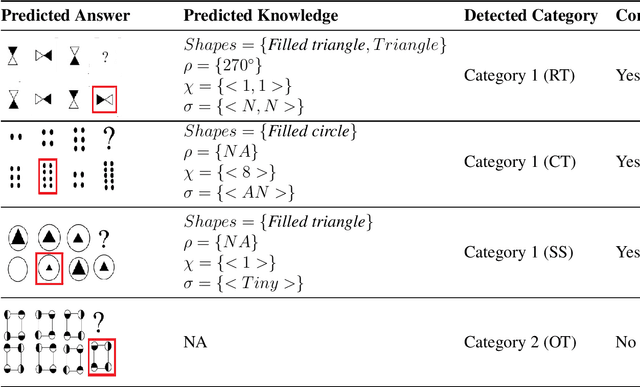Samarjit Kar
Neural network based country wise risk prediction of COVID-19
Mar 31, 2020



Abstract:The recent worldwide outbreak of the novel corona-virus (COVID-19) opened up new challenges to the research community. Artificial intelligence (AI) driven methods can be useful to predict the parameters, risks, and effects of such an epidemic. Such predictions can be helpful to control and prevent the spread of such diseases. The main challenges of applying AI is the small volume of data and the uncertain nature. Here, we propose a shallow Long short-term memory (LSTM) based neural network to predict the risk category of a country. We have used a Bayesian optimization framework to optimized and automatically design country-specific networks. We have combined the trend data and weather data together for the prediction. The results show that the proposed pipeline outperforms against state-of-the-art methods for 170 countries data and can be a useful tool for such risk categorization. The tool can be used to predict long-duration outbreak of such an epidemic such that we can take preventive steps earlier.
Can We Automate Diagrammatic Reasoning?
Feb 13, 2019



Abstract:Learning to solve diagrammatic reasoning (DR) can be a challenging but interesting problem to the computer vision research community. It is believed that next generation pattern recognition applications should be able to simulate human brain to understand and analyze reasoning of images. However, due to the lack of benchmarks of diagrammatic reasoning, the present research primarily focuses on visual reasoning that can be applied to real-world objects. In this paper, we present a diagrammatic reasoning dataset that provides a large variety of DR problems. In addition, we also propose a Knowledge-based Long Short Term Memory (KLSTM) to solve diagrammatic reasoning problems. Our proposed analysis is arguably the first work in this research area. Several state-of-the-art learning frameworks have been used to compare with the proposed KLSTM framework in the present context. Preliminary results indicate that the domain is highly related to computer vision and pattern recognition research with several challenging avenues.
Fingertip Detection and Tracking for Recognition of Air-Writing in Videos
Sep 09, 2018



Abstract:Air-writing is the process of writing characters or words in free space using finger or hand movements without the aid of any hand-held device. In this work, we address the problem of mid-air finger writing using web-cam video as input. In spite of recent advances in object detection and tracking, accurate and robust detection and tracking of the fingertip remains a challenging task, primarily due to small dimension of the fingertip. Moreover, the initialization and termination of mid-air finger writing is also challenging due to the absence of any standard delimiting criterion. To solve these problems, we propose a new writing hand pose detection algorithm for initialization of air-writing using the Faster R-CNN framework for accurate hand detection followed by hand segmentation and finally counting the number of raised fingers based on geometrical properties of the hand. Further, we propose a robust fingertip detection and tracking approach using a new signature function called distance-weighted curvature entropy. Finally, a fingertip velocity-based termination criterion is used as a delimiter to mark the completion of the air-writing gesture. Experiments show the superiority of the proposed fingertip detection and tracking algorithm over state-of-the-art approaches giving a mean precision of 73.1 % while achieving real-time performance at 18.5 fps, a condition which is of vital importance to air-writing. Character recognition experiments give a mean accuracy of 96.11 % using the proposed air-writing system, a result which is comparable to that of existing handwritten character recognition systems.
Recognizing Gender from Human Facial Regions using Genetic Algorithm
Dec 05, 2017



Abstract:Recently, recognition of gender from facial images has gained a lot of importance. There exist a handful of research work that focus on feature extraction to obtain gender specific information from facial images. However, analyzing different facial regions and their fusion help in deciding the gender of a person from facial images. In this paper, we propose a new approach to identify gender from frontal facial images that is robust to background, illumination, intensity, and facial expression. In our framework, first the frontal face image is divided into a number of distinct regions based on facial landmark points that are obtained by the Chehra model proposed by Asthana et al. The model provides 49 facial landmark points covering different regions of the face, e.g. forehead, left eye, right eye, lips. Next, a face image is segmented into facial regions using landmark points and features are extracted from each region. The Compass LBP feature, a variant of LBP feature, has been used in our framework to obtain discriminative gender-specific information. Following this, a Support Vector Machine based classifier has been used to compute the probability scores from each facial region. Finally, the classification scores obtained from individual regions are combined with a genetic algorithm based learning to improve the overall classification accuracy. The experiments have been performed on popular face image datasets such as Adience, cFERET (color FERET), LFW and two sketch datasets, namely CUFS and CUFSF. Through experiments, we have observed that, the proposed method outperforms existing approaches.
An extended MABAC for multi-attribute decision making using trapezoidal interval type-2 fuzzy numbers
Dec 02, 2016



Abstract:In this paper, we attempt to extend Multi Attributive Border Approximation area Comparison (MABAC) approach for multi-attribute decision making (MADM) problems based on type-2 fuzzy sets (IT2FSs). As a special case of IT2FSs interval type-2 trapezoidal fuzzy numbers (IT2TrFNs) are adopted here to deal with uncertainties present in many practical evaluation and selection problems. A systematic description of MABAC based on IT2TrFNs is presented in the current study. The validity and feasibility of the proposed method are illustrated by a practical example of selecting the most suitable candidate for a software company which is heading to hire a system analysis engineer based on few attributes. Finally, a comparison with two other existing MADM methods is described.
Evaluation and selection of Medical Tourism sites: A rough AHP based MABAC approach
Aug 25, 2016



Abstract:In this paper, a novel multiple criteria decision making (MCDM) methodology is presented for assessing and prioritizing medical tourism destinations in uncertain environment. A systematic evaluation and assessment method is proposed by integrating rough number based AHP (Analytic Hierarchy Process) and rough number based MABAC (Multi-Attributive Border Approximation area Comparison). Rough number is used to aggregate individual judgments and preferences to deal with vagueness in decision making due to limited data. Rough AHP analyzes the relative importance of criteria based on their preferences given by experts. Rough MABAC evaluates the alternative sites based on the criteria weights. The proposed methodology is explained through a case study considering different cities for healthcare service in India. The validity of the obtained ranking for the given decision making problem is established by testing criteria proposed by Wang and Triantaphyllou (2008) along with further analysis and discussion.
Credibilistic TOPSIS Model for Evaluation and Selection of Municipal Solid Waste Disposal Methods
Aug 09, 2016



Abstract:Municipal solid waste management (MSWM) is a challenging issue of urban development in developing countries. Each country having different socio-economic-environmental background, might not accept a particular disposal method as the optimal choice. Selection of suitable disposal method in MSWM, under vague and imprecise information can be considered as multi criteria decision making problem (MCDM). In the present paper, TOPSIS (Technique for Order Preference by Similarity to Ideal Solution) methodology is extended based on credibility theory for evaluating the performances of MSW disposal methods under some criteria fixed by experts. The proposed model helps decision makers to choose a preferable alternative for their municipal area. A sensitivity analysis by our proposed model confirms this fact.
Consensus and Consistency Level Optimization of Fuzzy Preference Relation: A Soft Computing Approach
Aug 26, 2014
Abstract:In group decision making (GDM) problems fuzzy preference relations (FPR) are widely used for representing decision makers' opinions on the set of alternatives. In order to avoid misleading solutions, the study of consistency and consensus has become a very important aspect. This article presents a simulated annealing (SA) based soft computing approach to optimize the consistency/consensus level (CCL) of a complete fuzzy preference relation in order to solve a GDM problem. Consistency level indicates as expert's preference quality and consensus level measures the degree of agreement among experts' opinions. This study also suggests the set of experts for the necessary modifications in their prescribed preference structures without intervention of any moderator.
 Add to Chrome
Add to Chrome Add to Firefox
Add to Firefox Add to Edge
Add to Edge